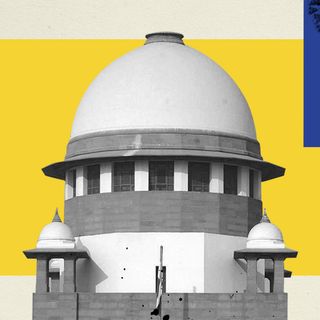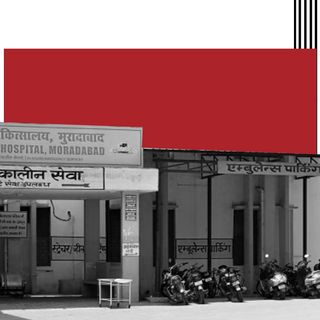The Central Bureau of Investigations has released a list of failures in the Uttar Pradesh police’s investigation of the Hathras gang rape case and treatment of the victim. The agency says it is still investigating errant police officials for their role in mishandling the case.
The U.P. police and government drew enormous public outrage in September when they cremated the victim’s body against her family’s wishes, after locking them into their home. At the time, the U.P. government alleged the case was a “criminal conspiracy” to malign the Yogi Adityanath government, set in place via “sections of media and political interests.” Due to national uproar, the CBI took over the case from the U.P. police on the order of the Supreme Court.
Police failures noted by the CBI include the victim’s postmortem report, which concluded no evidence of sexual assault, despite finding multiple severe physical injuries — which eventually caused her death — and healed tears in the victim’s private parts. The U.P. police also failed to put the victim’s oral statement into writing immediately after she alleged sexual violence at the Chandpa Police Station, the CBI found; instead, the police wrote the statement five days later and examined the woman for signs of sexual assault eight days later. The CBI states that all of these lapses led to a loss of crucial forensic evidence.
Related on The Swaddle:
The Dalit Caste Identity of Hathras Victim Is Vital to Recognizing Her Rape as a Casteist Crime
The list of U.P. police failures is part of the chargesheet that caps the CBI investigation into the case. The agency charges the four accused men — Sandeep (20), Ravi (35), Ramu (26), and Luv Kush (23) — under Indian Penal Code sections 376 (rape), 376 (D) (gangrape), 302 (murder) and relevant sections of the SC/ST (Prevention of Atrocities) Act.
After the CBI published its chargesheet, opposition parties in U.P. demanded the additional arrests of the Hathras District Magistrate and the Additional Director General of Police.
The chargesheet also reveals a possible motive for the crime that challenges, though not necessarily contradicts, the publicly accepted narrative of a casteist hate crime. The agency used call detail records (CDRs) to find evidence of contact between Sandeep, the main accused perpetrator, and the victim prior to the crime, and it alleges a relationship between the two. The chargesheet suggests Sandeep was “frustrated” and “aggravated” when the victim stopped taking his calls. Multiple villagers also state that the accused and victim would meet in isolated spaces, according to the chargesheet.
However, the victim’s family says this is just one more instance of casteism at work. A family member told the Indian Express, “There was absolutely no acquaintance between my sister and the accused, Sandeep. He had obtained our number from somewhere and would make prank calls, pretending to be someone else. A couple of missed calls as well. Besides that, no calls had been exchanged. The entire village is against us, and I believe they would say anything to falsify the crime that took place.”




